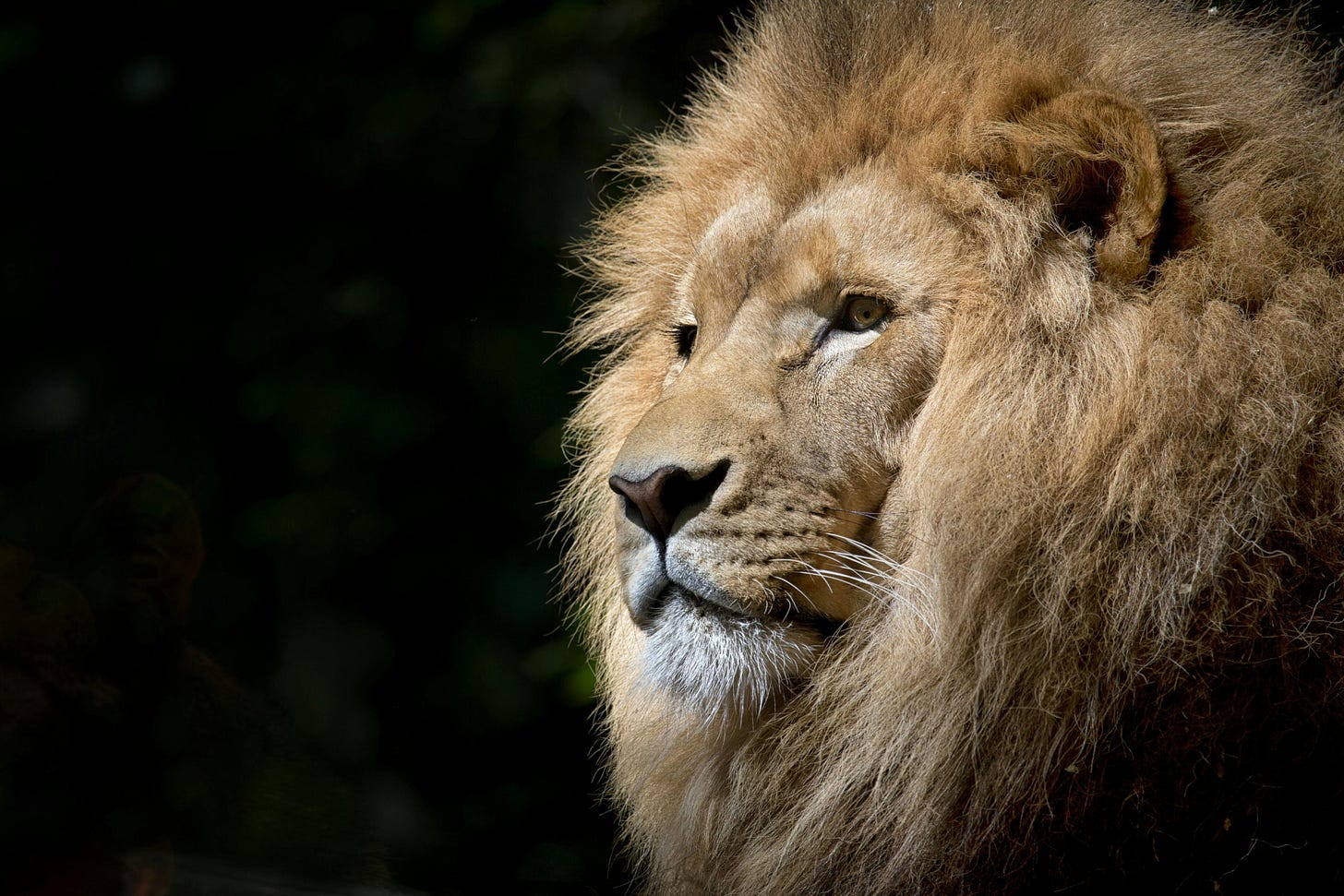
📰 Top Stories
🙌 Animal Rights Week Marks Progress
🇺🇸 This years’ awareness week was a chance for celebration not just concern…
‘Animal Rights Awareness Week’ platforms the rights and welfare requirements of both wild and domesticated animals annually. This year, it took place from the 17th to the 23rd of June and gave activists, NGOs and the general public another chance to spotlight and discuss important campaigns around the world. Amid all the prevailing gloom in the news, let’s take a moment to enjoy some significant progress achieved for animal rights in the US as we pass 2024’s half-way mark | More
👏 EU Nature Restoration Law Passes
🇪🇺 The EU narrowly passed the Nature Restoration Law on Monday June 17th 2024.
This landmark legislation aims to restore at least 20% of the EU’s land and sea areas by 2030, with a goal to restore all degraded ecosystems by 2050. The law sets binding targets for EU member states to rehabilitate various ‘natural’ and managed ecosystems (farmed, fished and forested). Member States will be required to develop Restoration Plans taking account of national circumstances | More
🐈 Iberian Lynx Taken Off Endangered List
🇪🇸 Last week we reached an important milestone in conserving the Iberian Lynx
The Iberian Lynx was once one of the world's most endangered big cats. Native to the Iberian Peninsula, it’s long faced a severe extinction threat due to habitat loss, hunting and a decline in its primary prey - the European rabbit. Collaborative conservation efforts have now brought about a significant rebound in its population. Last week it was announced that after 20 years of conservation efforts the Lynx has been officially taken off the endangered species list! | More
📖 Book release of the week: ‘Living Surfaces’
Investigating the power of visualising our planet from above…
Some days I fall asleep dreaming hopefully that technology like Ai will allow us to take on the responsibilities of the Anthropocene. Through GIS style surveying, monitoring nature and it’s resources, along with processing vast amounts of data, we may have an opportunity to finally wrangle the information we need to sustainably manage our planet. Living Surfaces, released last week, is definitely a book to read when you find yourself in that liminal state - caught wondering and wandering between science and art, daylight and dreams, the past and our imminent future.
“An urgent reminder that environmental change affects not only the planet but what we know and can do about it Gil-Fournier and Parikka invite us to creatively change the world by embracing… ecological aesthetics to expand our limited ecological politics.”
~ Jimena Canales, scientist, science historian, author and arts collaborator.
Living Surfaces takes the reader through eighteenth-century experiments visualising vegetal matter, photosynthesis and plant physiology, all the way up to twenty-first-century machine visioning that can calculate landscape attributes. Overall, the book explores how Earth’s surface has become known and perceived as an environment of images over the last two centuries.
Although requiring us to navigate the thickets of media-theory terminology, Living Surfaces raises plenty of timely ideas. And with 42 intriguing illustrations, it offers an engaging and unique take on environmental surfaces which increasingly occupy a central place in our attempts to understand planetary change and act on our findings.
See the book on Amazon here.
📽️ Screen release of the week: ‘Green Border’
Inside the dark forest of Europe’s migrant crisis…
This confronting and beautiful documentary got a limited release by well regarded film distribution company Kino Lorber last week. A bit like the aerial imaging of ‘Living Surfaces’, the film shows us the up-close-and personal experiences of refugees and migrants amid the vast natural scale of the forested Poland-Belarus border.
When we first see the border filmed from an aerial angle it is a spectacularly beautiful green, the evidence of one of the last remaining primeval forests in Europe. But that visual beauty doesn’t last. Soon enough, the image shifts to black and white and we enter a world of violent oppositions and tragic ironies.
Godfrey Cheshire, Roger Ebert.com
Although not strictly about the sustainability topics of Green Box, I couldn’t resist picking Green Border to spotlight this week (and not just because the doc shares a similar name to this newsletter). There’s often something powerful that happens when we see our human struggles and dramas in relief against the backdrop of nature and natural forces. Doing this can raise visual metaphors for political forces bigger than us, but it can also help us put things into perspective in other ways. The dark forest we’re taken into in Green Border reminded me of the slow pace of earth’s ‘deep time’ in relation to societal change and our long human history of struggling for resources.
Watch the trailer here.
💭 Thoughts for the week ahead:
Oof, we seem to be ending on a dark note so here’s a cute picture of a lion cub before we get into some thoughts for the week ahead.
We started this week’s legislation-themed newsletter with a picture of a lion for a reason. The lion may be known to cliche as the ‘king of the jungle’, but in historical fact it’s had a long association with power and justice across cultures.
In ancient Mesopotamia, the lion was regarded as a symbol of kingship. Medieval Romans saw the lion reflected in the very outline of their city, with Italian 14th C. politician Cola di Rienzo announcing Rome’s walls to be built in its shape. Living Surfaces-style aerial imaging might query this but he was on to something.
The medieval rebuild of the Senatorial Palace on Capitoline Hill, one of the seven hills of Rome, featured an ancient statue of a lion sinking its teeth into a horse at the base of the palace’s grand stairway. There, historically, death sentences were declared and occasionally executed. ‘Lion Attacking a Horse’ is one of the most dramatic works to survive from antiquity. Created to communicate Rome’s domineering power, the sculpture enacts the powerless terror of the condemned and the powerful righteousness of the condemners carrying out justice.
Since our early history and across cultures, we’ve undoubtedly used animals not just for sustenance or anthropomorphic reflection but also as inspiration - remaining happy to draw on their qualities and appearances to substantiate cultural ideas.
The bible is often discussed academically as the root of a cultural separation in the west between our soul-filled selves and the spiritless - yes, animatronic - ‘animal kingdom’. Biblical thought is regularly contrasted with belief systems seen as more planetarily equitable, such as those of indigenous American tribes.
Jonathan Lear’s powerful work Radical Hope, offers an exploration of the resulting tensions and consequences for cultural assimilation in North America. But these contrasts don’t mean animals haven’t been used as vehicles for culturally sacred ideas in western christian thought. John the Baptist, in John 1:29, famously invites readers to behold Jesus as ‘the Lamb of God’.
Today, most of us live in modern urban societies where it might seem like we’ve abandoned the need to use animals in meaningful cultural ritual. Yet, in the west, we find a boom in pet ownership currently coinciding with declining birthrates. Dogs and cats make useful substitutes when couples can’t afford children.
This week, the Euros soccer tournament in Europe saw bars full of drunk sports fans singing for ‘the lions’, a nickname of England’s questionably powerful side. America is, of course, dotted coast to coast with famous sports teams named for animals.
In a time increasingly defined by Ai, robotics, and virtual reality we might want to pretend that we can live in human-made ‘closed systems’. But, currently, we remain animals with cultures made of animals and societies sustained by them.
I think a big part of transitioning to a more sustainable world starts with acknowledging and reminding ourselves of this simple fact.





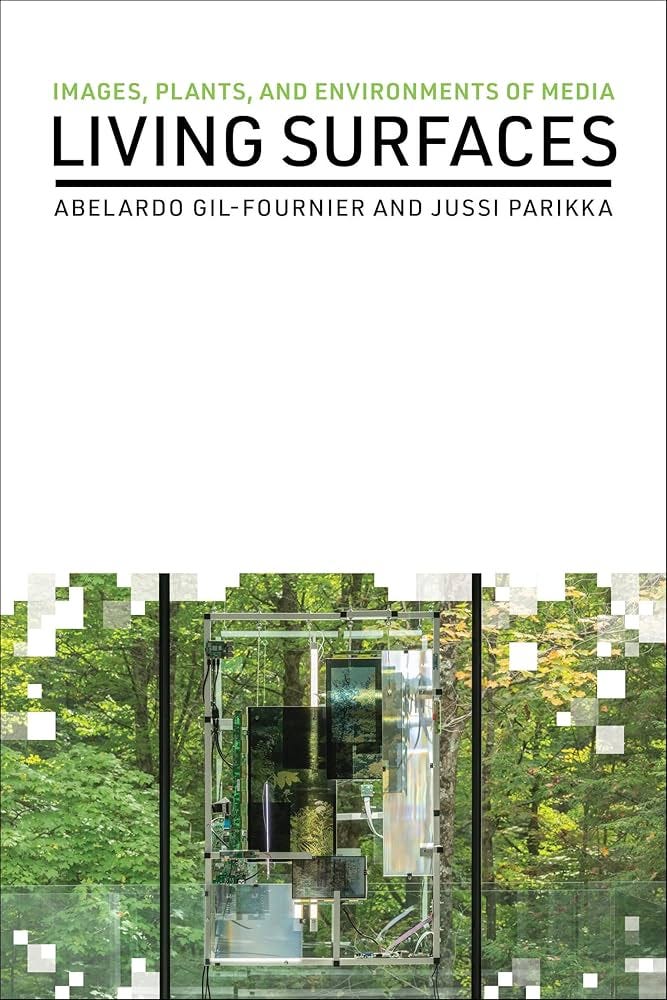

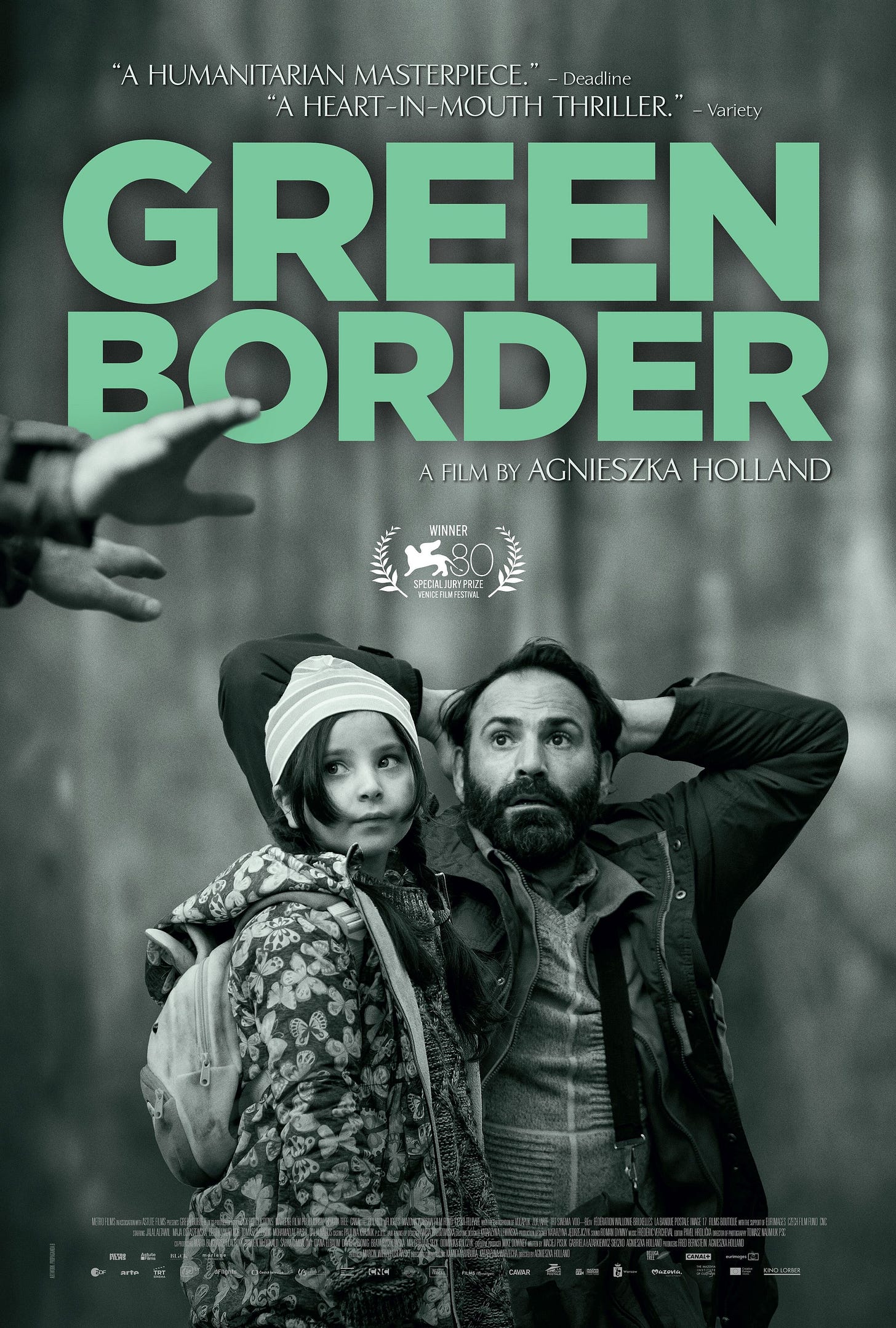
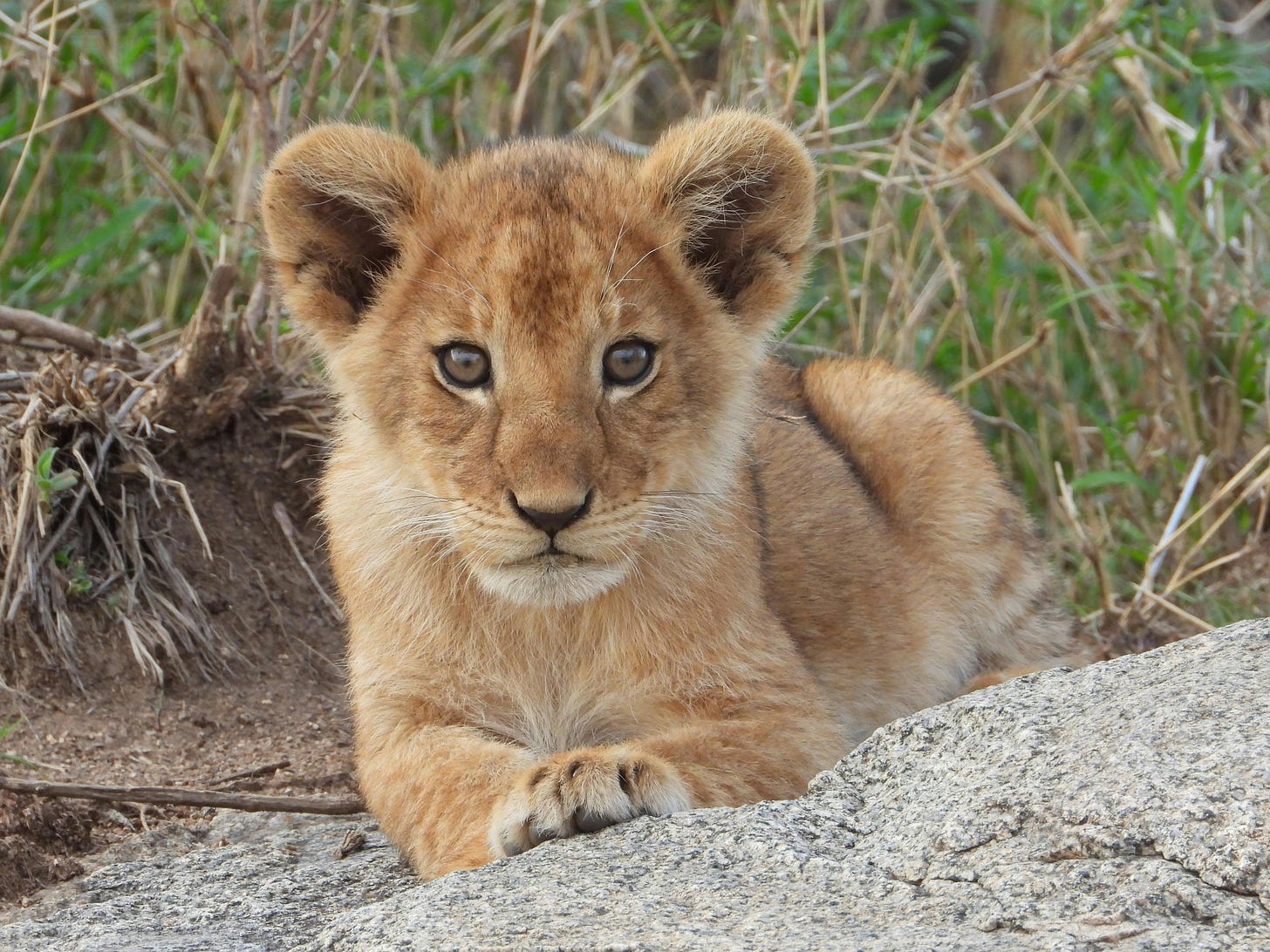
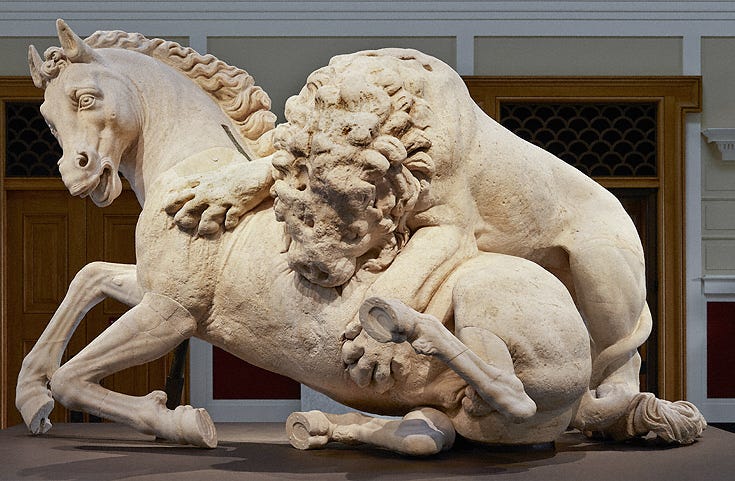
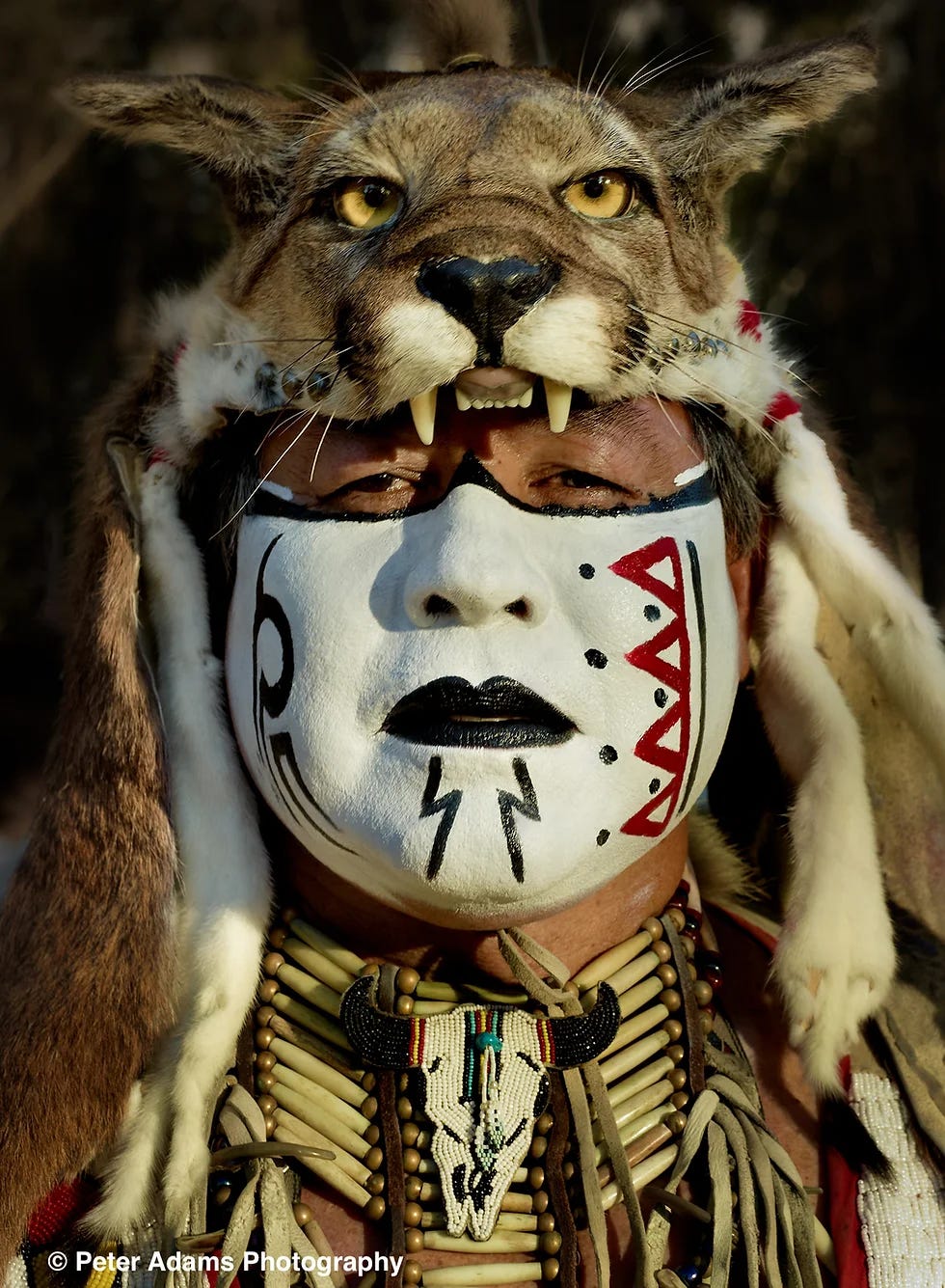
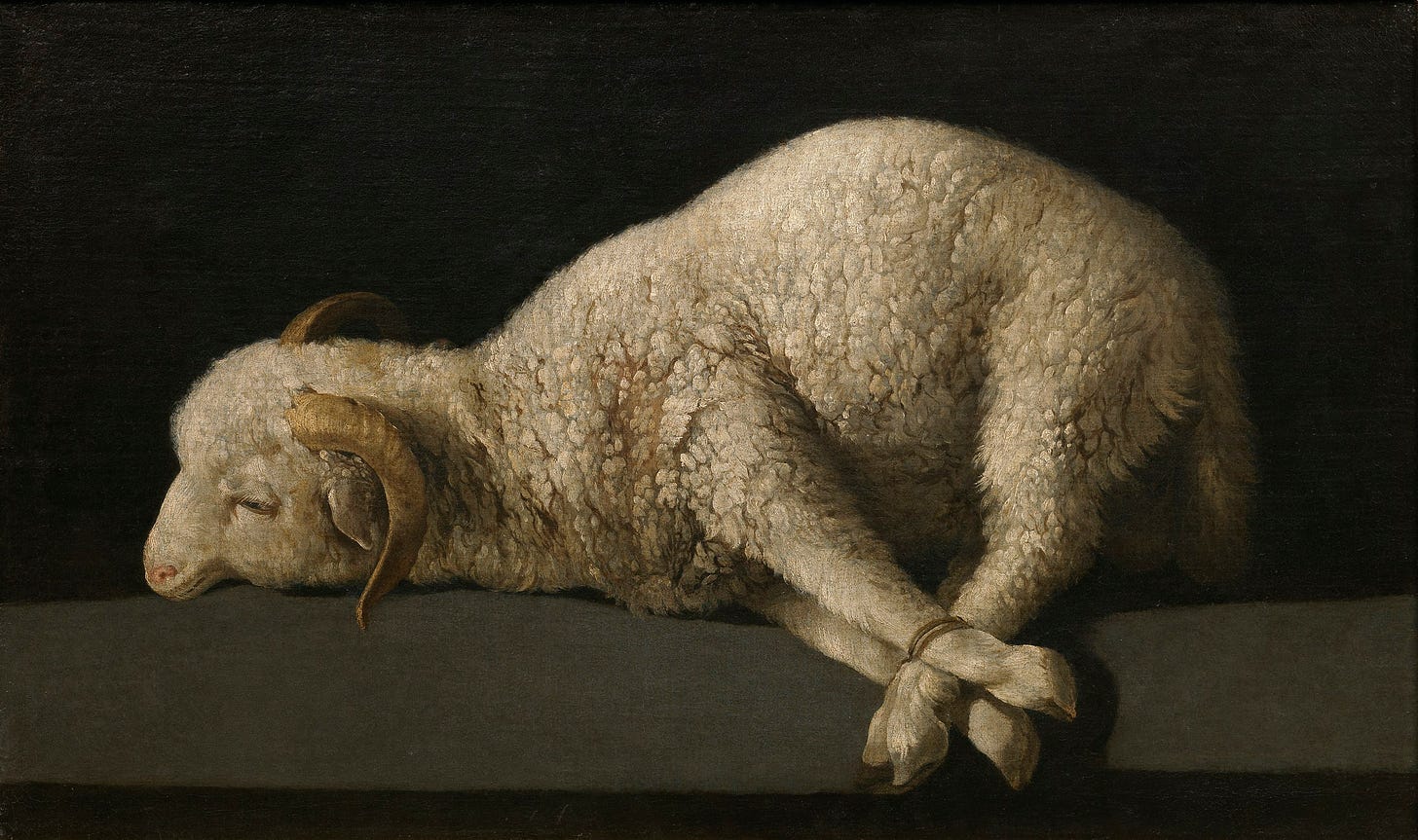

How do you view our relationship with our fellow animals? There's some interesting research gaining momentum every year that consciousness in animals, like intelligence, is a sliding scale...
https://www.nbcnews.com/science/science-news/animal-consciousness-scientists-push-new-paradigm-rcna148213